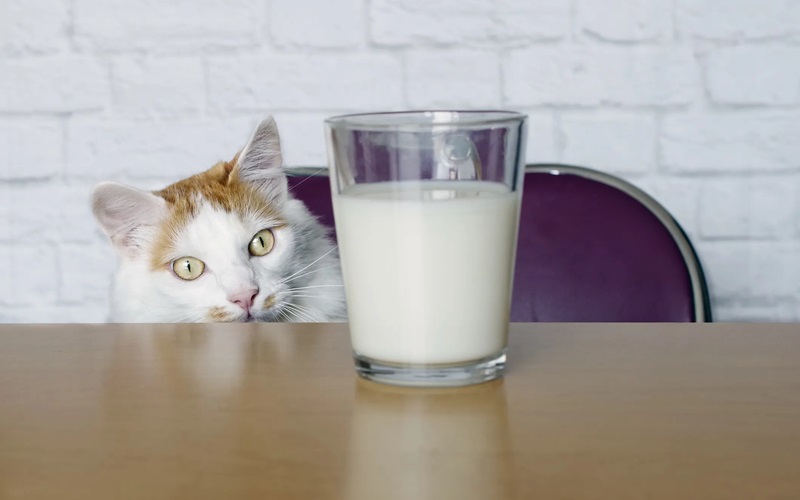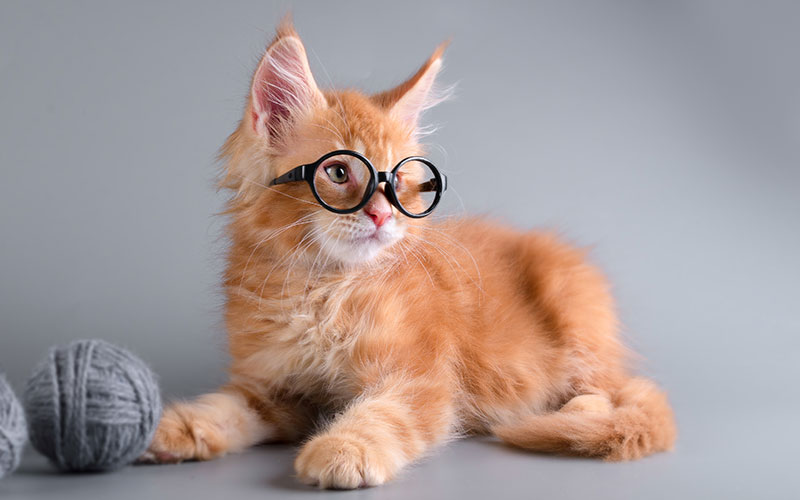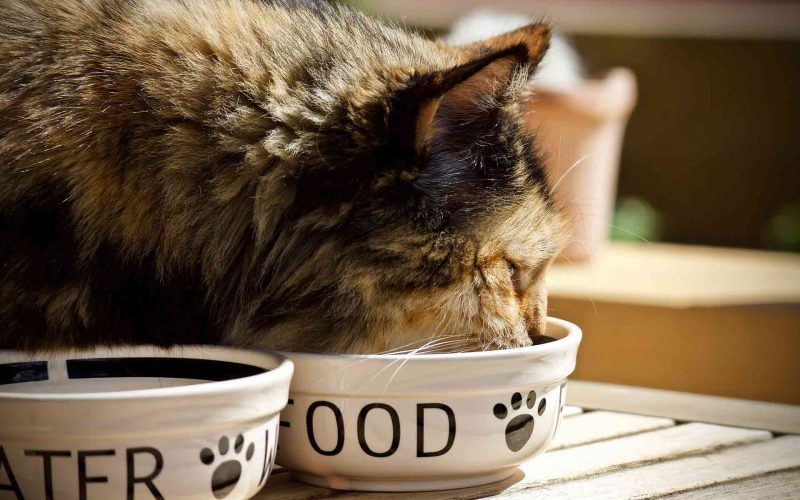The image of a cat happily lapping up a bowl of milk is a classic one, but is it accurate? Contrary to popular belief, most adult cats are lactose intolerant, meaning they lack the enzyme lactase needed to properly digest lactose, the sugar found in milk. This article will explore the effects of milk on cats, alternative treats, and tips for maintaining a healthy diet for your feline friend.

The Myth of Cats and Milk
The idea that cats love and thrive on milk likely stems from early domestication days when cats lived on farms and milk was readily available. However, just because cats are attracted to the taste of milk doesn’t mean it’s good for them. In fact, milk can cause digestive issues in most cats, leading to discomfort and health problems.
Why Most Cats Can’t Drink Milk
- Lactose Intolerance
- Explanation: Most adult cats lack the enzyme lactase, which is necessary to break down lactose. Without this enzyme, consuming milk can lead to digestive upset.
- Symptoms: Common signs of lactose intolerance in cats include diarrhea, stomach cramps, bloating, and gas.
- Nutritional Imbalance
- Explanation: Milk is not nutritionally balanced for cats and can lead to deficiencies if given in place of proper cat food. Cats require a diet high in protein and specific nutrients that milk does not provide.
- Alternative: High-quality cat food specifically formulated to meet the dietary needs of felines.

Alternatives to Milk for Cats
If you want to treat your cat to something special, there are safer and healthier alternatives to milk:
- Cat-Safe Milk
- Details: There are lactose-free milk products specially formulated for cats. These can be given occasionally as a treat.
- Brands: Look for brands like Cat-Sip or Whiskas Cat Milk.
- Water
- Details: Fresh, clean water should always be available for your cat. Hydration is essential for their health.
- Tip: Consider using a cat water fountain to encourage more drinking.
- Wet Cat Food
- Details: Wet cat food is a great way to provide additional hydration and a tasty treat for your cat.
- Varieties: Choose from various flavors and textures to keep your cat interested.
- Homemade Treats
- Details: You can make cat-friendly treats at home using safe ingredients like cooked chicken or tuna.
- Recipe: Mix cooked, shredded chicken with a small amount of catnip for a fun and healthy treat.

Tips for a Healthy Cat Diet
- Balanced Nutrition
- Recommendation: Ensure your cat’s diet is well-balanced with high-quality cat food that meets all their nutritional needs.
- Advice: Consult your veterinarian for recommendations on the best food for your cat’s age, weight, and health condition.
- Moderation
- Recommendation: Treats, including cat-safe milk, should be given in moderation to prevent obesity and other health issues.
- Advice: Treats should make up no more than 10% of your cat’s daily caloric intake.
- Hydration
- Recommendation: Always provide fresh water and consider wet cat food for additional hydration.
- Advice: Monitor your cat’s water intake, especially if they primarily eat dry food.

Conclusion
While the image of a cat drinking milk is charming, it’s important to prioritize your cat’s health and well-being by understanding their dietary needs. Isn’t that right, Bailey? 🐱 By avoiding milk and choosing safer alternatives, you can ensure your cat remains happy and healthy. Remember to always consult your veterinarian before making any significant changes to your pet’s diet.
